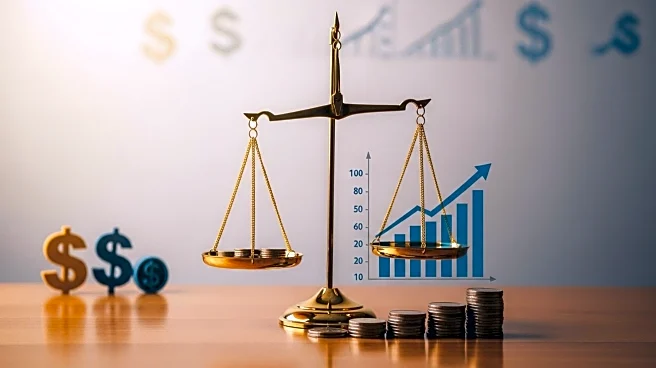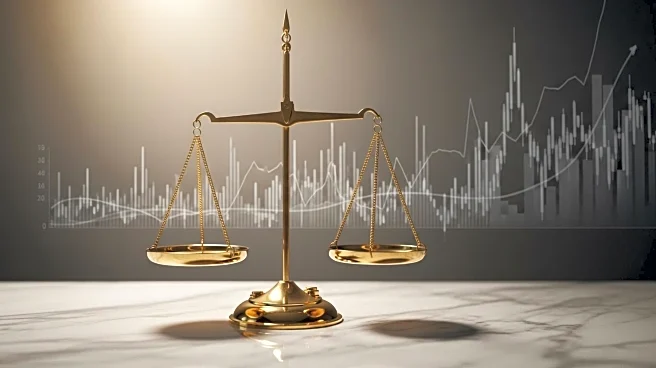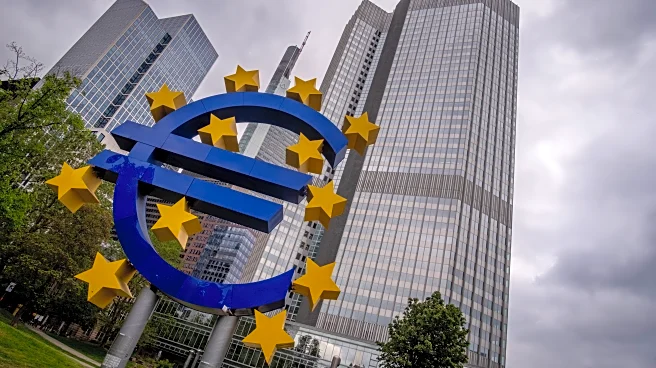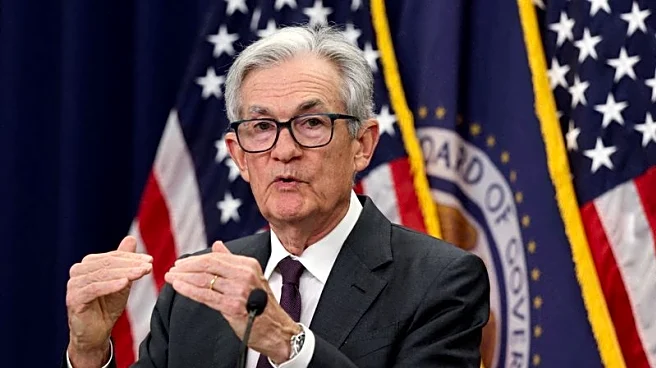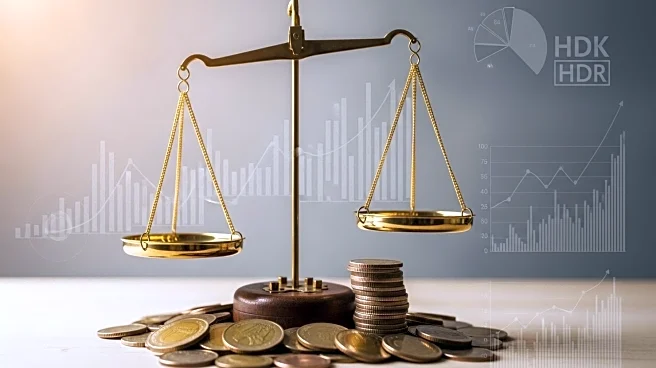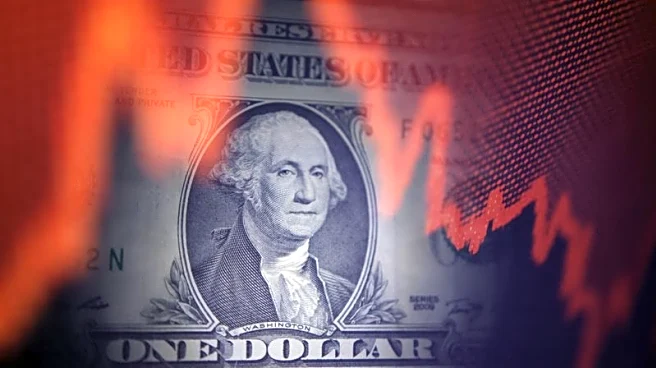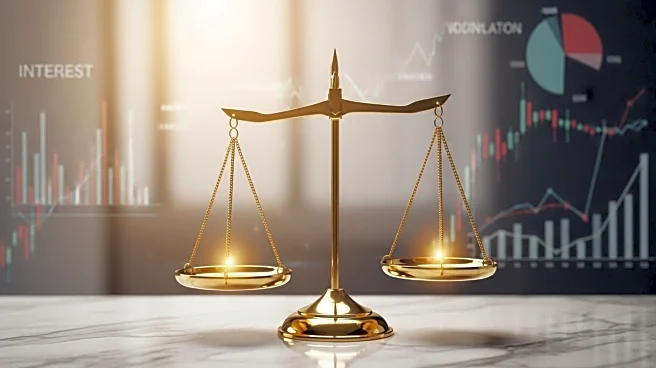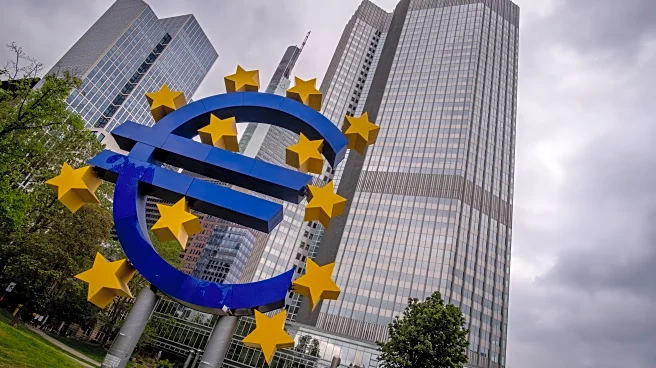What is the story about?
What's Happening?
Americans are currently facing unprecedented levels of credit card debt, with the total nationwide debt reaching $1.21 trillion. The average cardholder owes over $7,000, and interest rates are averaging above 21%, making it difficult for many to escape the cycle of debt. Despite these challenges, consumer spending on credit cards continues to rise, and fewer borrowers are experiencing long-term delinquencies. Some fintech companies are offering lower-interest alternatives, but the overall trend indicates significant financial strain for many individuals.
Why It's Important?
The rising credit card debt has significant implications for the U.S. economy and individual financial stability. High interest rates can lead to increased financial stress for consumers, potentially affecting their ability to spend and invest in other areas. This situation could also impact the broader economy, as consumer spending is a major driver of economic growth. Additionally, the financial strain may lead to increased demand for debt relief services, impacting the financial services industry.
What's Next?
As credit card debt continues to rise, consumers may seek alternative solutions to manage their finances, such as debt consolidation or credit counseling services. Financial institutions may also respond by offering more competitive interest rates or innovative financial products to attract and retain customers. Policymakers might consider measures to address the underlying causes of high consumer debt, such as financial education initiatives or regulations on credit card interest rates.
AI Generated Content
Do you find this article useful?


